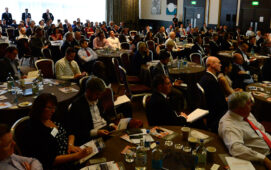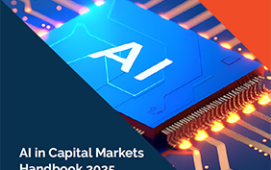
Bloomberg has increased its carbon emissions dataset to cover 100,000 companies. The dataset consists of company reported carbon data and estimates based on either a machine learning smart model or Bloomberg’s newly developed industry-implied model accompanied by a Partnership for Carbon Accounting Financials (PCAF) reliability score.
“Greater precision in Scope 1, 2 and 3 carbon emissions data will enable asset managers and banks to measure the extent of climate change risk within their investment and lending portfolios, and across their operations as a whole,” says Brad Foster, head of enterprise data content at Bloomberg. “To date, limited and inconsistent corporate disclosure of these emissions has posed a challenge. Our expansion of this dataset will help to address these gaps so clients have actionable information to identify climate related opportunities and risks.”
When company reported carbon emissions data is not available, Bloomberg applies estimation techniques guided by a waterfall principle to increase the scope of companies covered and provide a more complete picture of emissions. The first estimation technique uses Bloomberg’s ML based smart model incorporating 800+ data points to estimate Scope 1 and 2 emissions with historical data going back to 2010. Last year, Bloomberg also released Scope 3 estimates for Oil and Gas, Metals and Mining, and Services industries using a methodology combining a bottom-up model with a top-down ML model.When there is not enough data available to apply these ML models, the waterfall technique automatically reverts to Bloomberg’s new industry-implied model. This method uses peer emissions and sales data to estimate a company’s emissions. These estimates are accompanied by a reliability score based on the scale proposed by the PCAF so investors can understand the quality of an underlying datapoint.
Bloomberg’s carbon emissions data is available via the Bloomberg Terminal. A subset of the data is also available to Bloomberg Data License clients and can be accessed via the company’s data website, data.bloomberg.com
Subscribe to our newsletter





